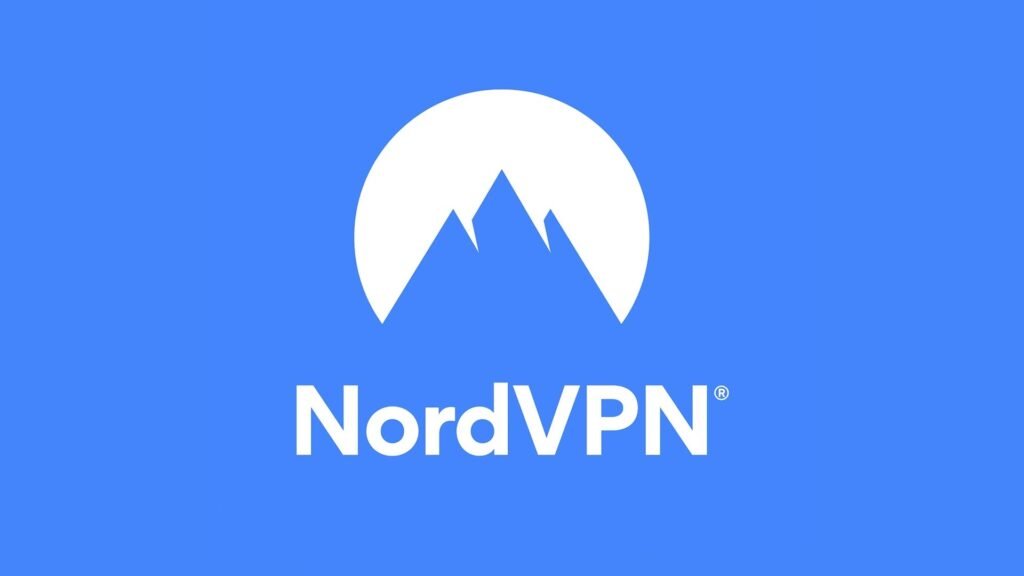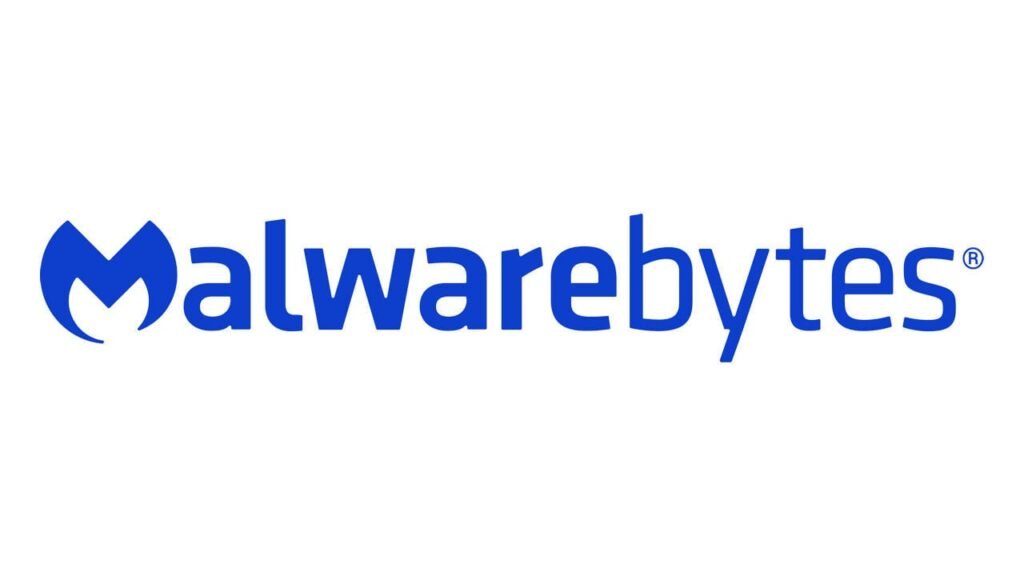Did you know that 95% of professionals report that AI allows them to spend less time on manual, repetitive tasks, ultimately enhancing their productivity1? As Artificial Intelligence (AI) reshapes the way we approach daily tasks, it's clear that leveraging the best AI tools can be a game changer for productivity enhancement and streamlining workflow. With the promise of automating tedious processes and enabling you to focus on what truly matters, these tools are not just luxuries; they are essential components in modern work life. This article highlights the top 15 AI tools available in 2024, categorized by their primary functions, to help you make informed choices tailored to your specific needs.
Key Takeaways
- • AI tools can significantly reduce the time spent on repetitive tasks, enhancing overall productivity.
- • Broad categories of AI tools exist, geared towards various functions from task management to communication.
- • Using the right AI tools can help streamline your workflow and improve efficiency.
- • Adopting AI in work environments is increasingly essential in today's fast-paced market.
- • Informed choices about AI tools can tailor productivity solutions to your needs.
Understanding AI Productivity Tools
AI productivity tools encompass a wide array of software applications specifically designed to enhance your workflow and efficiency. These tools can significantly improve efficiency through various features such as task automation, data analysis, and seamless integration of different applications. With over 60 AI productivity tools available, they cater to different needs, divided into categories like chatbots, content creation, task management, and more2.
One of the leading AI productivity tools is ChatGPT, which utilizes the latest GPT-4o model for chat interactions2. Perplexity has emerged as a notable search engine, providing users with high-quality answers complemented by source citations2. For content creators, Jasper serves as a powerful platform, offering numerous templates and an impressive capability for AI-generated images2. Automation tools like Zapier Central facilitate interaction across thousands of applications through an intuitive chatbot interface2.
The importance of these tools in various professions cannot be overstated. From automating repetitive tasks to aiding in quick decision-making, they play a crucial role across multiple sectors. Understanding how to leverage these AI productivity tools effectively leads to noticeable efficiency improvement, allowing you to focus on higher-value tasks rather than mundane activities.
What Are the Best AI Tools for Task Management?
In the realm of task organization, AI task management tools have evolved to become indispensable assets for both individuals and teams. They simplify workflows, optimize processes, and enhance productivity by intelligently managing tasks. You may find options like Motion and Notion particularly beneficial, each offering unique features to streamline your daily operations.
Overview of AI Task Management Tools
AI task management tools such as Motion, ClickUp, and Wrike are designed to boost efficiency and user experience in managing tasks. For instance, utilizing such tools can save you approximately two hours and 24 minutes each day compared to traditional methods3. A focus on automation within these platforms allows you to automate repetitive tasks, further freeing up your time. These tools demonstrate diverse functionalities ranging from real-time collaboration to seamless project tracking.
Examples: Motion and Notion

Motion stands out with its AI-assisted task prioritization and auto-scheduling capabilities. Priced at $19/month for individuals and $12/user/month for team plans, Motion seamlessly integrates your calendar and task lists, dynamically adjusting schedules based on priorities4. On the other hand, Notion serves as a central hub for information storage, offering customizable workflows that empower you to tailor your task organization according to your specific needs. This flexibility enhances collaboration and organization, making it easier to keep everything in one place while focusing on your productivity goals.

Chatbots: Enhancing Communication and Productivity
AI chatbots are reshaping the landscape of business communication and productivity. By utilizing advanced natural language processing (NLP), tools like ChatGPT and Claude facilitate seamless interactions and quick responses to user inquiries. In 2024, AI chatbots have become indispensable tools for businesses and individuals to enhance customer service, streamline operations, and engage with users on a new level5.
Top AI Chatbots to Consider
- • ChatGPT: Developed by OpenAI, it's praised for its robust natural language understanding capabilities, making it a valuable asset for various industries.
- • Claude: With impressive vision recognition and reasoning skills, Claude stands out for tasks requiring more advanced comprehension.
- • Microsoft Copilot: Integrated into Microsoft 365 applications, it boosts productivity and utilizes NLP technology to enhance user workflows.
- • Gemini: This chatbot, developed by Google DeepMind, caters to a broad range of tasks, including creative assistance and information retrieval.
Use Cases for Chatbots in Productivity
AI chatbots serve numerous functions that significantly enhance productivity. These include:
- 1. Customer support: Bots like ChatGPT and Claude help resolve customer inquiries swiftly, improving engagement and satisfaction.
- 2. Content creation: They assist in generating ideas, drafting documents, and creating presentations, freeing up more time for strategic tasks.
- 3. Task management: AI chatbots automate scheduling and reminders, making it easy to stay organized while managing responsibilities.
When selecting a chatbot, consider factors like purpose, NLP capabilities, integration, customization, user experience, analytics, and security compliance5. Many chatbots like ChatGPT and Copilot are not only effective in customer support but excel in applications such as document creation, data analysis, and email management6.
AI Writing Assistants That Save You Time
In the digital age, AI writing assistants play a crucial role in enhancing your content creation process. These tools are designed to cut down on research time and simplify writing tasks, making your workflow more efficient. With features tailored for different writing formats, you can create content that resonates with your audience.
Features of AI Writing Tools
AI writing tools are packed with various features that help you streamline your writing. These often include:
- • Template designs for different types of content
- • Research assistance to gather information quickly
- • Grammar and style checks to enhance readability
- • Collaboration tools for team projects
With advancements in technology, it's no surprise that 95% of AI writing tools utilize large language models (LLMs) as the back end7. This ensures that the content generated is not only coherent but also contextually relevant, saving you time and effort.
Popular AI Writing Assistants: Jasper and Writer
Among the many AI writing assistants available, Jasper and Writer stand out for their unique offerings. Jasper, often regarded as one of the best overall AI writing software options, ranges from $29/month for basic plans to $59/month for the most comprehensive subscription8. Its capabilities include a long-form editor, templates, and various add-ons for content generation, catering especially to individual creators with plans starting at $49/month7.
On the other hand, Writer is designed with a focus on maintaining brand consistency across collaborative content. It offers a Team plan starting from just $18/user/month7. By utilizing these tools, you can ensure that your writing not only meets quality standards but also aligns perfectly with your brand’s voice.
Overall, leveraging AI writing assistants like Jasper and Writer can dramatically lessen the time spent on writing tasks while boosting your overall productivity in content generation.

Natural Language Processing Tools for Efficient Communication
Natural Language Processing (NLP) tools have transformed how you interact with technology, creating pathways for more efficient communication and workflow automation. These tools are designed to interpret and process human language, making your interactions more intuitive and productive.
The Role of NLP in Workflow Automation
NLP plays a critical role in automating tasks that involve understanding and generating human language. For instance, libraries like NLTK and SpaCy provide extensive functionalities for text processing, including classification, tokenization, and syntax analysis910. These tools facilitate workflow automation by allowing systems to analyze large volumes of text quickly and accurately. SpaCy is especially noted for its speed, making it apt for real-time applications in commercial environments9.
Applications of Natural Language Processing Tools
The applications of natural language processing tools are vast, ranging from sentiment analysis to content classification. For instance, Google's Natural Language API offers comprehensive features such as entity recognition and syntax analysis, enhancing your ability to extract insights from text10. Moreover, platforms like TensorFlow Text and Hugging Face Transformers streamline processes such as sentiment analysis and text classification, leveraging the latest in machine learning technologies9. Gensim excels in document similarity analysis, which is essential for understanding content relationships and uncovering thematic structures9.
| Tool | Features | Best For |
|---|---|---|
| NLTK | Classification, tokenization, parsing | Text analysis and education |
| SpaCy | Speed, accuracy, part-of-speech tagging | Real-time applications |
| TensorFlow Text | Text classification, sentiment analysis | Machine learning projects |
| Hugging Face Transformers | Transformer models, user-friendly API | Advanced NLP tasks |
| Gensim | Document similarity, topic modeling | Data mining tasks |
By utilizing these natural language processing tools, you can significantly enhance your communication efficiency and optimize your workflow automation9.
AI Data Annotation Tools for Enhanced Analysis
Data annotation plays a fundamental role in the development of effective AI systems, allowing for precise data labeling. Without accurate labeling, AI models can struggle, leading to poor performance and misguided predictions. In fact, studies reveal that ML engineers and data scientists spend more than 80% of their time on data preparation and labeling11. This statistic highlights the critical nature of data annotation tools in the machine learning workflow.
Importance of Data Annotation in AI Development
Data annotation is vital for AI models; it ensures that information is categorized correctly, enhancing understanding and decision-making capabilities. Self-driving cars, for instance, depend on high-quality image and video annotations to recognize traffic signals and pedestrians12. The quality of annotations directly impacts AI model performance, as inaccurate labeling can introduce bias and reduce efficiency12. Continuous improvement in data annotation processes enhances model performance, which is crucial in rapidly evolving technology fields.
Best Practices and Tools for Data Annotation
Implementing best practices in data labeling is essential for achieving reliable and scalable AI solutions. When selecting a data annotation tool, consider factors such as model type, domain needs, and data volume. Various tools cater to different data types and requirements, including:
| Tool | Data Types Supported | Rating (G2) | Free Plan Options |
|---|---|---|---|
| SuperAnnotate | Image, Video, LiDAR, Text | 4.9/5 (137 reviews)11 | Free for up to 3 users, 5,000 data items |
| Encord | Image, Video, Text | 4.8/5 (60 reviews)11 | Free plan available |
| Dataloop | Image, Video, Audio, Text, LiDAR | 4.4/5 (90 reviews)11 | Contact sales for custom quote |
| Kili | Image, Video, Text, PDF | N/A | Free Plan, Grow Plan, Enterprise Plans |
| Labelbox | Image, Video, Audio, Text, PDF | N/A | Free Plan, Starter Plan, Enterprise Plan |

By utilizing specialized AI data annotation tools, you can streamline your workflow while ensuring that your models achieve optimal analysis enhancement and performance. With the right practices and tools, the efficiency of your AI development processes can see significant improvements11.
AI Image Generation Tools to Boost Creativity
AI image generation tools are revolutionizing how you express creativity by converting text descriptions into vibrant visuals. With advancements in technology, programs like Midjourney and DALL·E 3 enable users to create impressive images suitable for various applications, including marketing and personal projects. These tools exemplify how creative enhancement can be achieved through AI, transforming mundane ideas into captivating visual representations.
Overview of Image Generation Technologies
The surge in popularity of AI image generators stems from their availability and the quality of images they produce, frequently showcased across multiple media platforms13. These tools are designed to convert written prompts into corresponding images by utilizing complex neural networks trained on vast databases of image-text pairs. The latest technologies employ innovative diffusion techniques, gradually refining noise into structured and recognizable images, making high-quality creation accessible to anyone13.
Popular Tools: Midjourney and DALL·E 3
Among the popular AI image generation tools available, DALL·E 3 by OpenAI shines as the top pick, providing extensive editing capabilities with a seamless conversational interface14. It is user-friendly, optimized for those without technical expertise, allowing custom creations effortlessly. In contrast, Midjourney, while noted for its high-quality output, has some limitations as it primarily operates through Discord, which affects user accessibility1415.
Other tools like Adobe Firefly and Leonardo AI cater to different user needs, offering both beginner-friendly interfaces and robust capabilities for professionals seeking in-depth experimentation with AI art. Businesses leverage these AI image generators for a multitude of purposes, including developing blog post visuals and social media content, showcasing their versatility in enhancing productivity13.
Machine Learning Platforms for Advanced Productivity
Machine learning platforms are at the core of many advanced AI tools designed to enhance productivity in the workplace. These platforms utilize predictive analytics and algorithmic learning to automate complex processes, enabling organizations to extract meaningful insights from large datasets. According to the 2023 Currents report, 45% of respondents believe that AI and machine learning tools make their jobs easier, while 27% find that these technologies allow them to focus on more important tasks16.
As the demand for productivity enhancement rises, emerging trends in AI-driven automation promise to improve data analytics and human-machine collaboration. For instance, AI productivity tools can streamline workflows, integrating multiple tasks and sources of information effectively. Tools like DataRobot automate tasks such as data cleaning and feature engineering, aiding decision-making and further optimizing resources17.
However, selecting the right machine learning platform involves considering specific requirements and features, ensuring user-friendliness, and evaluating integration possibilities with existing systems. While these tools can significantly enhance efficiency and reduce human error, potential challenges, including integration issues and data privacy concerns, must be acknowledged18. As AI continues to evolve, embracing these advanced AI tools stands to reshape how you approach productivity in the modern workplace.




